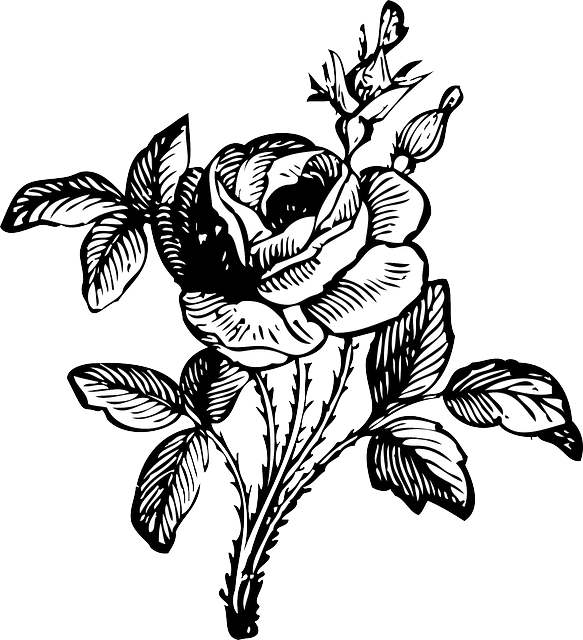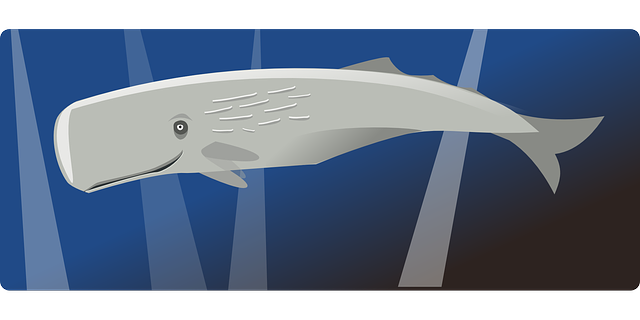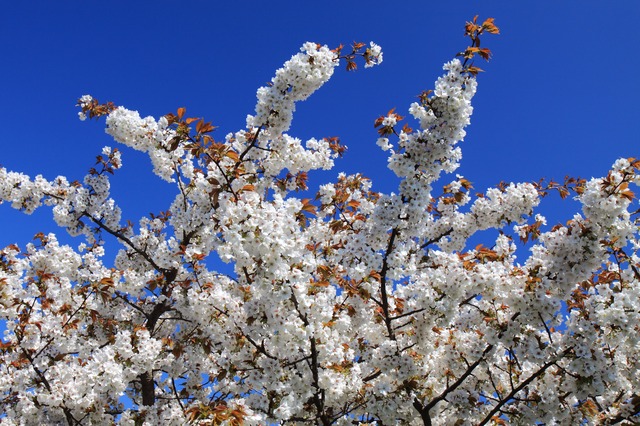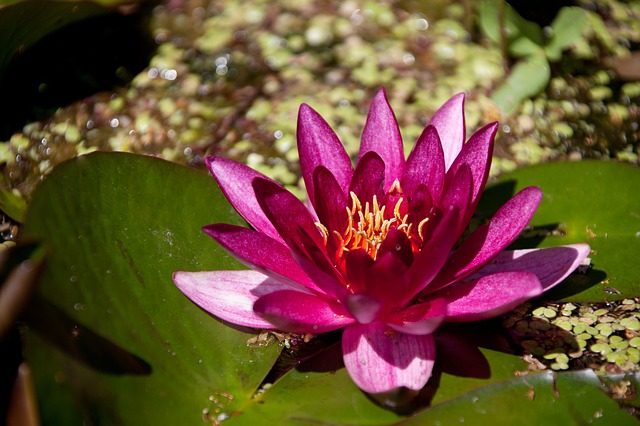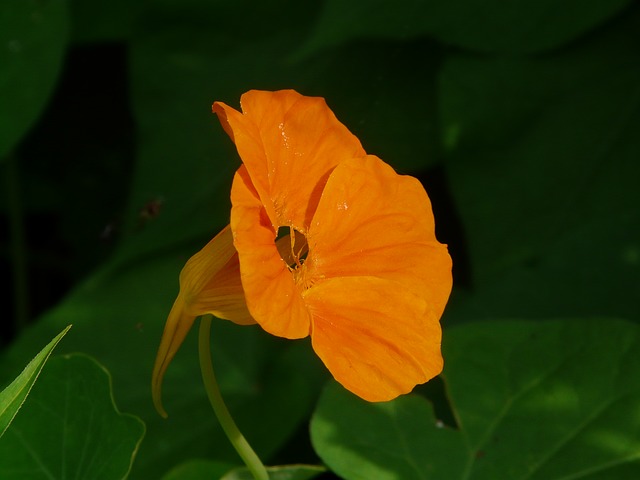الفتح الإسلامي لبلاد ماوراء النهر
| الفتح الإسلامي لبلاد ماوراء النهر | |||||||
|---|---|---|---|---|---|---|---|
| جزء من الفتوحات الإسلامية | |||||||
| |||||||
| الخصوم | |||||||
|
الدولة الأموية (حتى 748) الدولة العباسية (منذ 748) |
إمارات طخارستان الإمارات الصغدية خوارزم فرغانة خاقانية تورگش أسرة تانگ |
||||||
| القادة والزعماء | |||||||
|
قتيبة بن مسلم مسلم بن سعيد † Al-Kharashi جنيد بن عبد الرحمن المري Sawra ibn al-Hurr al-Abani Sa'id ibn Amr al-Harashi أسد بن عبد الله القسري نصر بن سيار |
Ghurak سولوك خاقان Köl-chür الحارث بن سريج Kapagan Khan Bilge Qaghan Kul Tigin Divashtich † Karzanj † |
||||||
الفتح الإسلامي لبلاد ماوراء النهر أوالفتح العربي لبلاد ماوراء النهر were the 7th and 8th century الفتوحات, by Umayyad and Abbasid Arabs, of بلاد ما وراء النهر; the land between the جيحون وسيحون rivers, a part of آسيا الوسطى that today includes all or parts of أوزبكستان، طاجيكستان وقزخستان, وقيرغيزستان.
الحروب الأموية-التورگشية
The larger part of Transoxiana was finally conquered by the Umayyad leader قتيبة بن مسلم in the reign of al-Walid I (r. 705–715). The loyalties of Transoxiana's native Iranian and Turkic populations and those of their autonomous local sovereigns remained questionable, as demonstrated in 719, when the Transoxianian sovereigns sent a petition to the Chinese and تورگش for military aid against the Caliphate's governors.
آخر المعارك
Samarra, Baghdad, Nishapur and Merv were destinations for Sogdians who worked for the Abbasids and became Muslims. The coming to power of the Abbasids resulted in the local Sogdian rulers being relocated from the area to become the Caliph's officers.
آخر فوز كبير للعرب في آسيا الوسطى وقع في معركة نهر طلاس (751). وكانت الامبراطورية التبتية متحالفة مع العرب أثناء المعركة ضد أسرة تانگ الصينية. Because the Arabs did not proceed to Xinjiang at all, the battle was of no importance strategically, and it was An Lushan's rebellion which ended up by forcing the Tang out of Central Asia. Despite the conversion of some Karluk Turks after the Battle of Talas, the majority of Karluks did not convert to Islam until the mid-10th century, when they established the Kara-Khanid Khanate.
وجهات نظر العرب عن الأتراك
Medieval Arabs recorded that contemporary Turks looked strange from their perspective and were extremely physically different, calling them "broad faced people with small eyes".
Medieval Muslim writers noted that Tibetans and Turks resembled each other and often were not able to tell the difference between Turks and Tibetans.
الأسلمة
The process of islamization of local peoples was slow during the Umayyad Caliphate period, but it became more intensive during the following Abbasid period. The Umayyads treated non-Arab peoples as second class citizens and did not encourage conversions, therefore only few Soghdian commoners converted to Islam during their rule. However, during the Abbasid period non-Arabs gained an equal status and as a result, Islam began spreading across Central Asia.
However, the Arab conquest did not mark the end of Buddhism or Chinese influence in the region. The Buddhist Qara Khitai Khanate conquered a large part of Central Asia from the Muslim خانية القرة خانات in the 12th century. The Qara Khitai also reintroduced the Chinese system of Imperial government, since China was still held in respect and esteem in the region among even the Muslim population, and the Kara-Khitans used Chinese as their main official language. The Kara-Khitan rulers were called "the Chinese" by Muslim authors.
كتابات عن الصين
Muslim writers like Marwazī and Mahmud Kashghārī had more up to date information about China in their writings. China was called by the Turks after the Toba rulers of the Northern Wei, and was pronounced by them as Tamghāj, Tabghāj, Tafghāj or Tawjāch. India introduced the name "Maha Chin" (greater China) which caused the two different names for China in Persian as "chīn" and "māchīn" (چين ,ماچين), corresponding to Arabic ṣīn and māṣīn (صين ماصين). The two terms originally referred to, respectively, Southern and Northern China, but later the definition switched and the south was referred to as "Machin" and the north as "Chin". Tang China had controlled Kashgar since the Anxi protectorate's "Four Garrisons", and this led writers like Kashghārī to place Kashgar within the definition of China (Ṣīn). Yugur (yellow Uighurs or Western Yugur) and Khitai or Qitai were all classified as "China" by Marwazī while he wrote that Ṣīnwas was bordered by Maṣīn. Another spelling was "Mahachin".
Muslim writers like Marwazī wrote that Transoxania was a former part of China, retaining the legacy of Tang Chinese rule over this area. Muslim writers viewed the Khitai, the Gansu Uyghur Kingdom and Kashgar as all part of "China" culturally and geographically with the Muslim Central Asians retaining the legacy of Chinese rule in Central Asia by using titles such as "Khan of China" (تمغاج خان) (Tamghaj Khan or Tawgach) in Turkic and "the King of the East in China" (ملك المشرق (أوالشرق) والصين) (malik al-mashriq (or al-sharq) wa'l-ṣīn) in Arabic for the Muslim Kara-Khanid rulers and their Karluk ancestors.
The title "Malik al-Mashriq wa'l-Ṣīn" was bestowed by the Abbasid Caliph upon the Tamghaj Khan, the Samarkand Khaqan Yūsuf b. Ḥasan. Thenceforth, the title Tamghaj Khan appeared in coins and writings, continuing to be used by the Eastern and Western Kara-Khanid rulers: the Kara-Khitan's usage of Chinese items such as coins, writing system, tablets, seals, art products like porcelein, mirrors, jade and other Chinese customs aimed to appeal to the local Central Asian Muslim population, who regarded Central Asia as former Chinese territories and viewed links with China as prestigious.
"Turkestan" and "Chīn" (China) were identified with each other by Fakhr al-Dīn Mubārak Shāh with China being identified as the country where the cities of Balāsāghūn and Kashghar were located.
Although in modern Urdu "Chin" means China, this term referred to Central Asia in Muhammad Iqbal's time, which is why Iqbal wrote that "Chin is ours" (referring to the Muslims) in his song "Tarana-e-Milli".
Aladdin, an Arabic Islamic story which is set in China, may have been referring to Central Asia.
In the Persian epic Shahnameh Chin and Turkestan are regarded as the same entity, and the Khan of Turkestan is called the Khan of Chin.
الهامش
- ^ Blankinship 1994, pp. 19, 29–30.
- ^ Gibb 1923, pp. 29–58.
- ^ Blankinship 1994, pp. 109–110.
-
^ خطأ استشهاد: وسم
<ref>غير سليم؛ لا نص تم توفيره للمراجع المسماةAzarpay1981 - ^ Patricia Crone (28 June 2012). . Cambridge University Press. pp. 118–. ISBN .
- ^ Bulliet et al. Johnson, p. 286.
- ^ Wink 1997, p. 68.
- ^ ed. Starr 2004, p. 39.
- ^ Millward 2007, p. 36.
- ^ Lapidus 2012, p. 230.
- ^ Esposito 1999, p. 351.
- ^ Lifchez & Algar 1992, p. 28.
- ^ Soucek 2000, p. 84.
- ^ "The Turks of the Eurasian Steppes in Medieval Arabic Writing", in : R. Amitai, M. Biran, eds., Mongols, Turks and Others: Eurasian Nomads and the Sedentary World. Leyde, Brill, 2005, pp. 222-223.
- ^ Reuven Amitai; Michal Biran (2005). . Brill. p. 222. ISBN .
- ^ Wink 1997, pp. 69ff..
- ^ The Spread of Islam
- ^ Grousset
- ^ Biran 2012, p. 90.
- ^ Biran 2012, p. 90.
- ^ Pozzi & Janhunen & Weiers 2006, p. 114.
- ^ Biran 2005, p. 93.
- ^ Michal Biran (15 September 2005). . Cambridge University Press. pp. 98–. ISBN .
- ^ Cordier, Henri. "China". The Catholic Encyclopedia. Vol. 3. New York: Robert Appleton Company, 1908. 14 Sept. 2015 <http://www.newadvent.org/cathen/03663b.htm>.
- ^ Michal Biran (15 September 2005). . Cambridge University Press. pp. 99–. ISBN .
- ^ Schluessel, Eric T. (2014). "The World as Seen from Yarkand: Ghulām Muḥammad Khān's 1920s Chronicle Mā Tīṭayniŋ wā qiʿasi" (PDF). TIAS Central Eurasian Research Series (9). NIHU Program Islamic Area Studies: 13. ISBN . Retrieved 22 June 2016.
- ^ Michal Biran (15 September 2005). . Cambridge University Press. pp. 102–. ISBN .
- ^ See also, Iqbal: Tarana-e-Milli, 1910. Columbia University, Department of South Asian Studies.
- ^ Moon, Krystyn (2005). . Rutgers University Press. p. 23. ISBN .
- ^ Bapsy Pavry (19 February 2015). . Cambridge University Press. pp. 86–. ISBN .
- ^ . CUP Archive. pp. 86–. ISBN .
- ^ Bapsy Pavry Paulet Marchioness of Winchester (1930). . The University Press. p. 86.
المصادر
- Barthold, W. (1928). Turkestan Down to the Mongol Invasion (Second Edition). London: Luzac & Co. OCLC 4523164.
- Barthold, V. V. (1956). . Leiden: Brill.
- Biran, Michal (October 2012). "Kitan Migrations in Eurasia (10th–14th Centuries)". Journal of Central Eurasian Studies. Center for Central Eurasian Studies. 3: 85–108. Retrieved 3 May 2014. (Account required)
- Blankinship, Khalid Yahya (1994). . Albany, NY: State University of New York Press. ISBN .
- Bulliet, Richard; Crossley, Pamela; Headrick, Daniel; Hirsch, Steven; Johnson, Lyman (2010). (5 ed.). Cengage Learning. ISBN .
- Chaliand, Gérard (2004). . Transaction Publishers. ISBN .
- Esposito, John L., ed. (1999). (illustrated ed.). Oxford University Press. ISBN . Retrieved 10 March 2014.
- Gibb, H. A. R. (1923). . London: The Royal Asiatic Society. OCLC 685253133.
- Kennedy, Hugh (2007). The Great Arab Conquests: How the Spread of Islam Changed the World We Live In. Philadelphia, PA: Da Capo Press. ISBN .
- Lapidus, Ira M. (2012). (illustrated ed.). Cambridge University Press. ISBN . Retrieved 10 March 2014.
- Mark Edward Lewis (2009). China's Cosmopolitan Empire: The Tang Dynasty. Harvard University Press. ISBN .
- Lifchez, Raymond; Algar, Ayla Esen, eds. (1992). . Volumeعشرة of Comparative studies on Muslim societies (illustrated ed.). University of California Press. ISBN . Retrieved 1 April 2013.
- Litvinsky, B. A.; Jalilov, A. H.; Kolesnikov, A. I. (1996). "The Arab Conquest". In Litvinsky, B. A. (ed.). History of civilizations of Central Asia, Volume III: The crossroads of civilizations: A.D. 250 to 750. Paris: UNESCO Publishing. pp. 449–472. ISBN .
- Marshak, B. I.; Negmatov, N. N. (1996). "Sogdiana". In Litvinsky, B. A. (ed.). History of civilizations of Central Asia, Volume III: The crossroads of civilizations: A.D. 250 to 750. Paris: UNESCO Publishing. pp. 233–280. ISBN .
- Millward, James A. (2007). (illustrated ed.). Columbia University Press. ISBN . Retrieved 10 March 2014.
- Nerazik, E. E.; Bulgakov, P. G. (1996). "Khwarizm". In Litvinsky, B. A. (ed.). History of civilizations of Central Asia, Volume III: The crossroads of civilizations: A.D. 250 to 750. Paris: UNESCO Publishing. pp. 207–231. ISBN .
- Pozzi, Alessandra; Janhunen, Juha Antero; Weiers, Michael, eds. (2006). . Volume 20 of Tunguso Sibirica. Giovanni Stary. Otto Harrassowitz Verlag. ISBN . Retrieved 1 April 2013.
- Sinor, Denis, ed. (1990). (illustrated, reprint ed.). Cambridge University Press. ISBN . Retrieved 10 March 2014.
- Soucek, Svat, ed. (2000). (illustrated, reprint ed.). Cambridge University Press. ISBN . Retrieved 10 March 2014.
- Starr, S. Frederick, ed. (2004). (illustrated ed.). M.E. Sharpe. ISBN . Retrieved 10 March 2014.
- Wink, André (1997). . Leiden, New York, Köln: BRILL. ISBN .
- Zeimal, E. V. (1983). "The Political History of Transoxiana". In Yarshater, Ehsan (ed.). The Cambridge History of Iran, Volume 3(1): The Seleucid, Parthian and Sasanian Periods. Cambridge University Press. pp. 232–262. ISBN .



